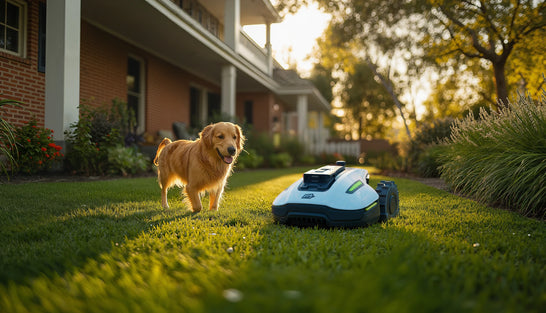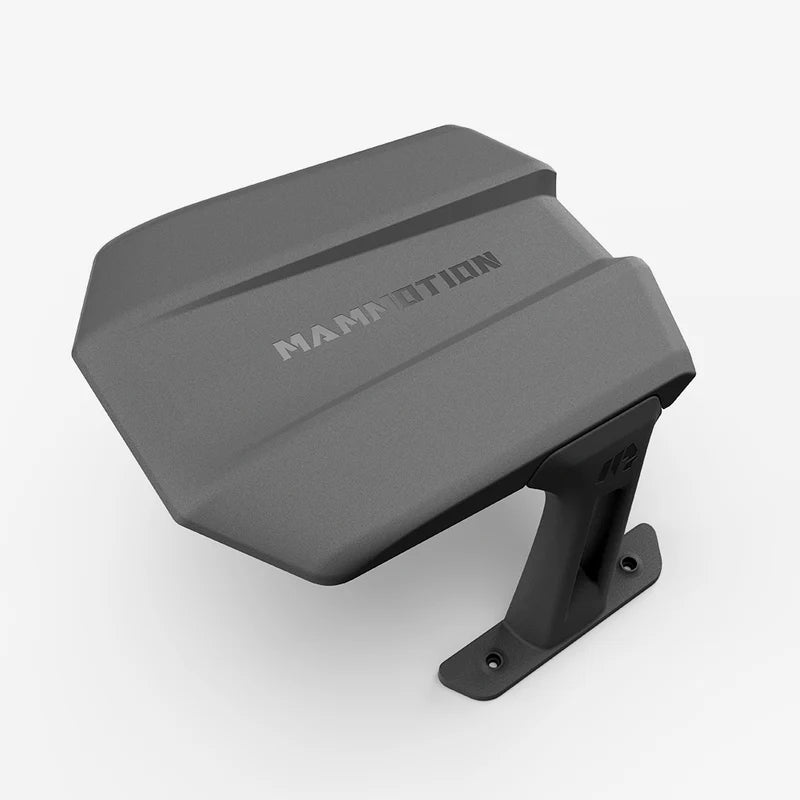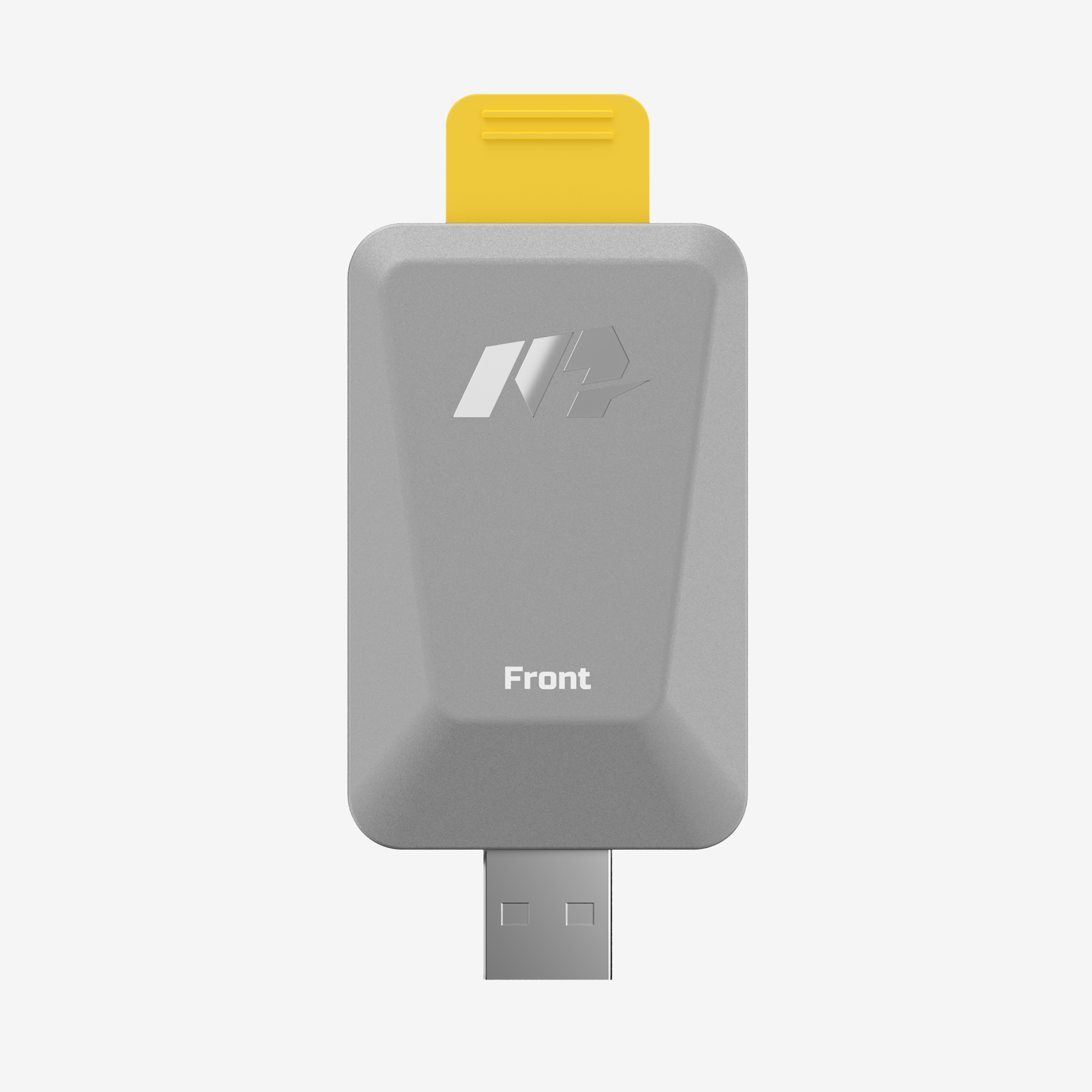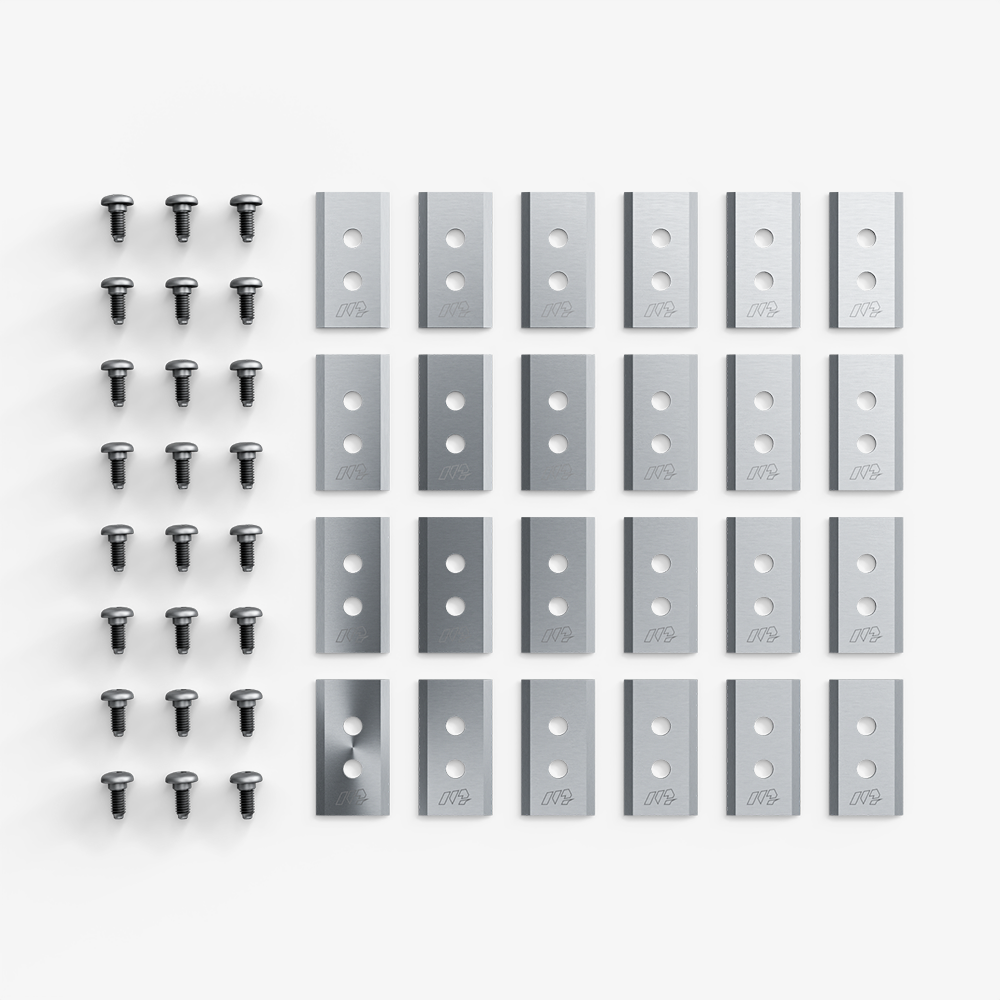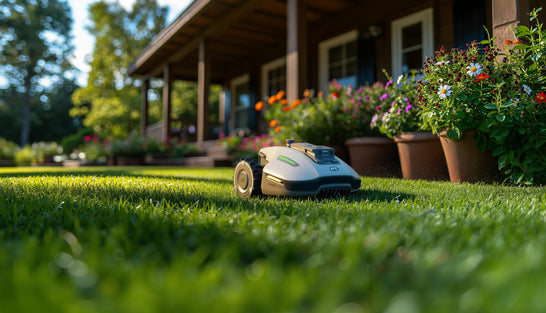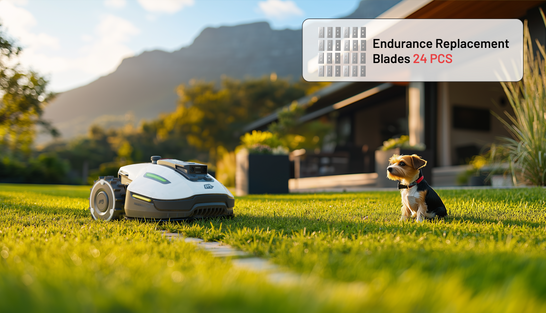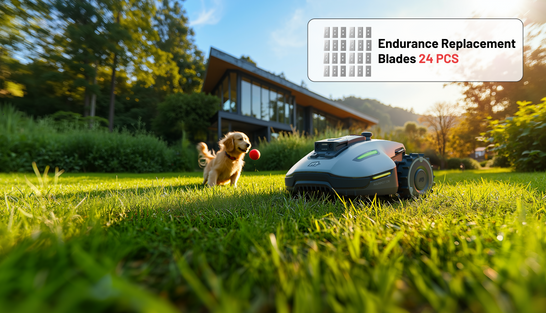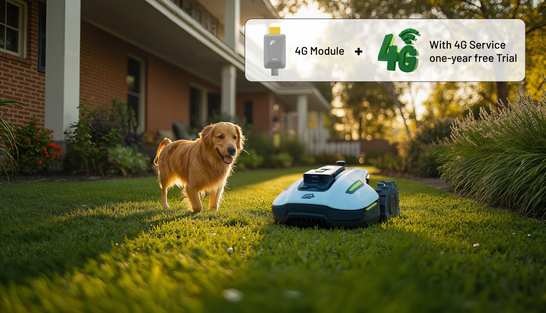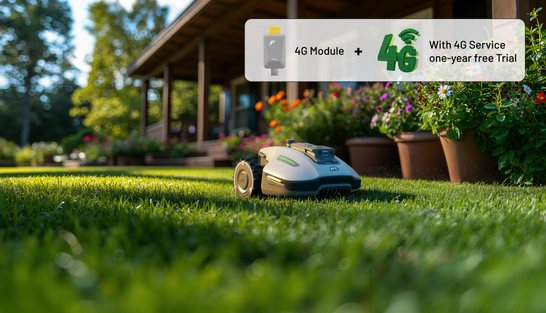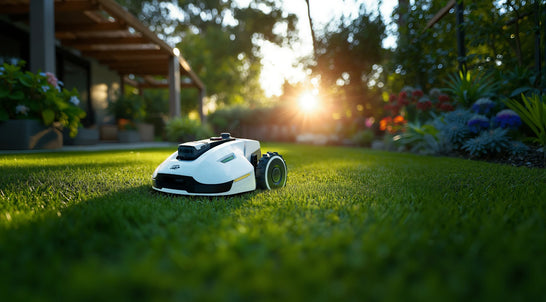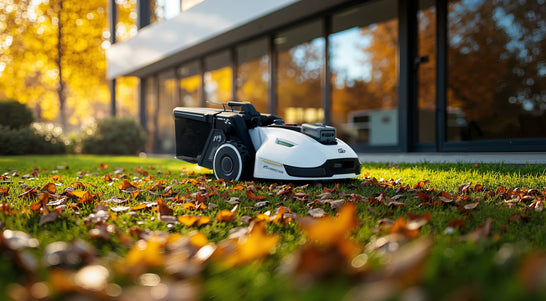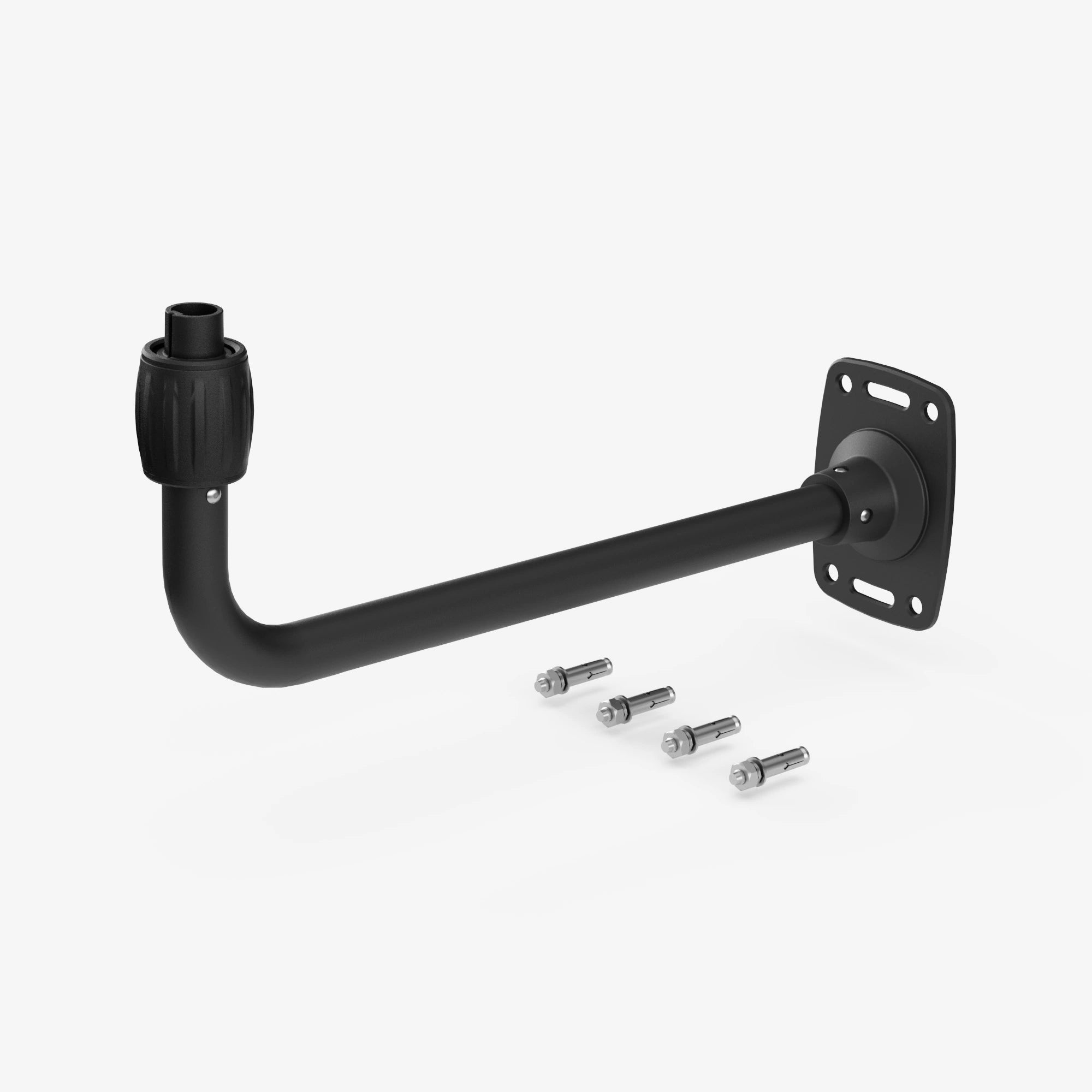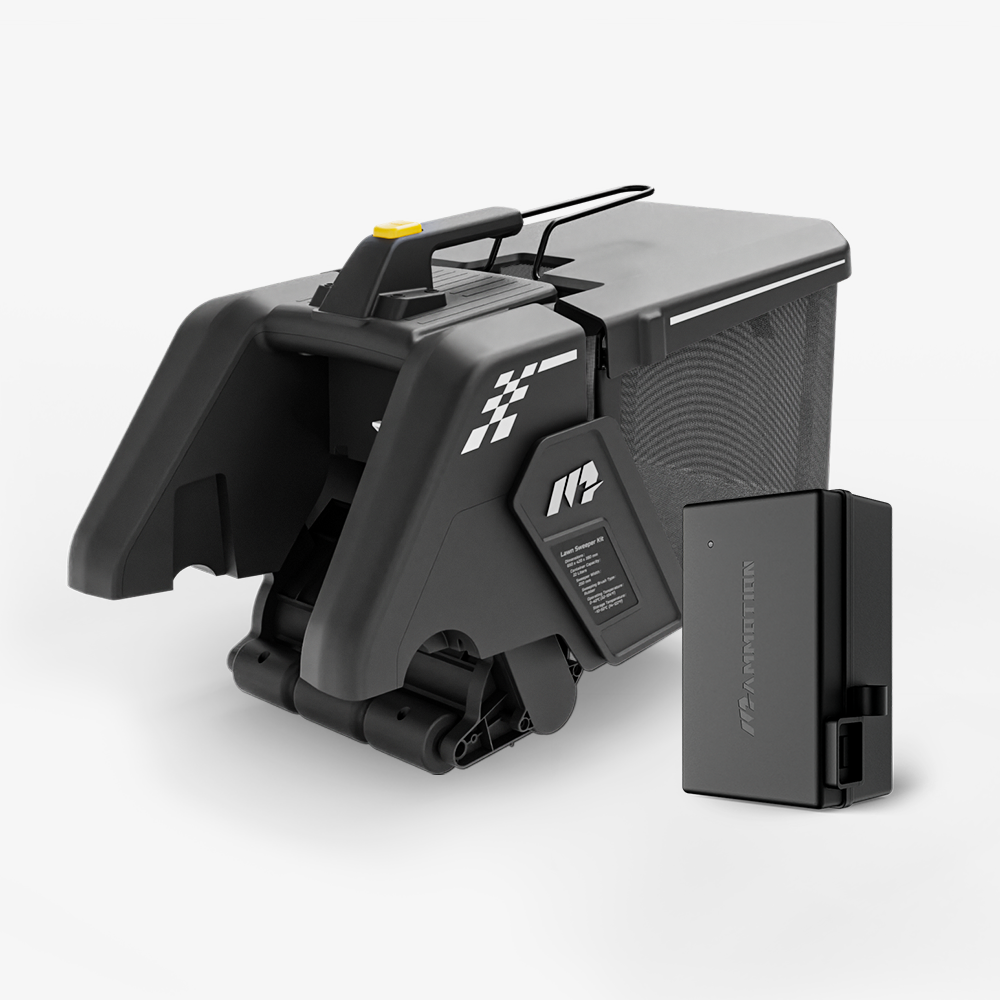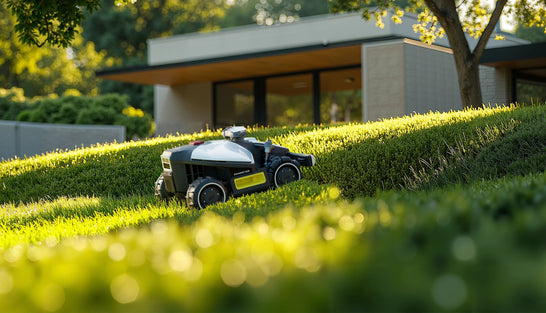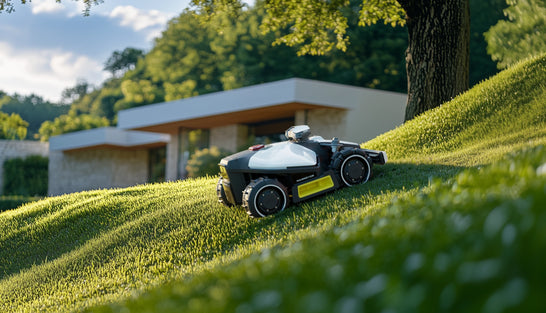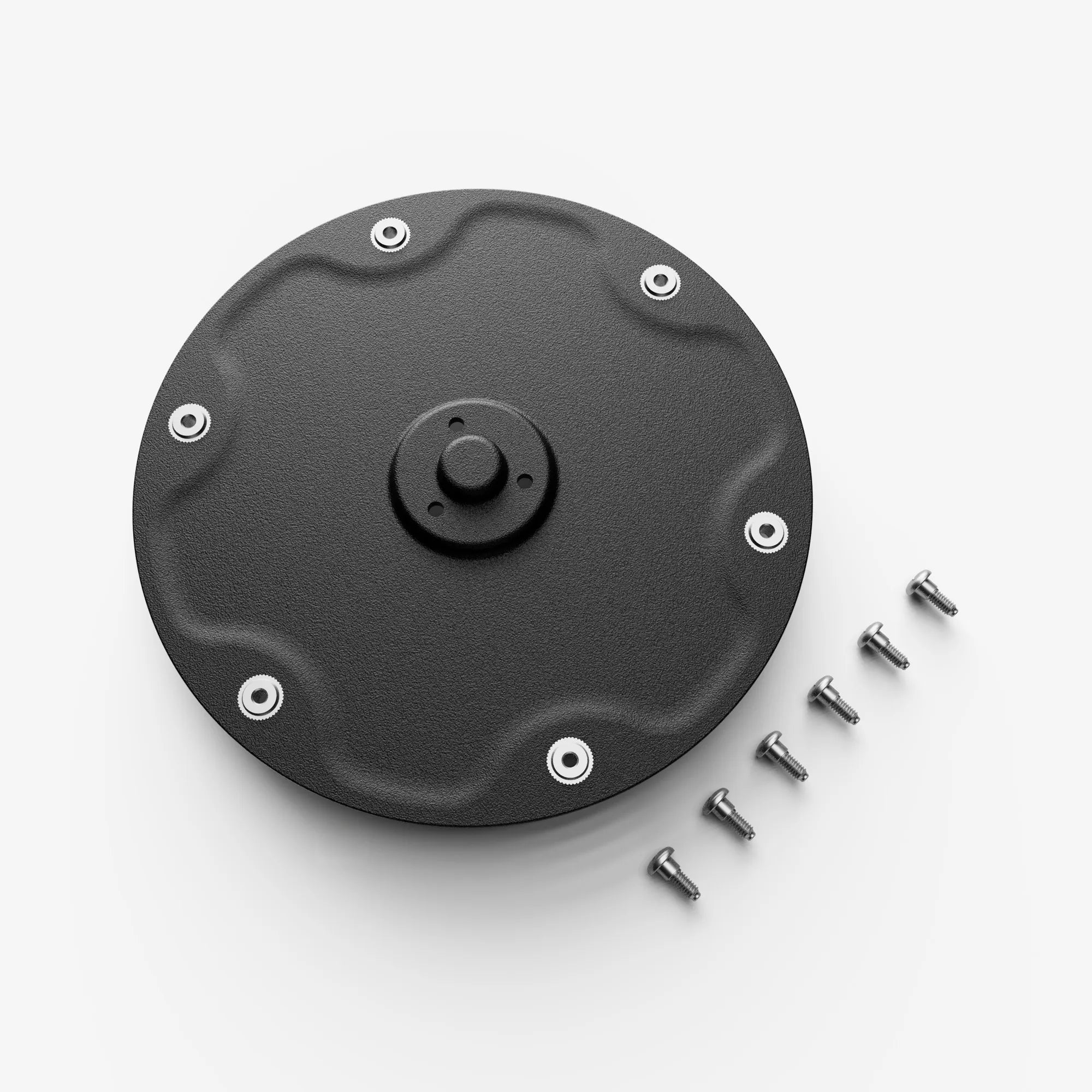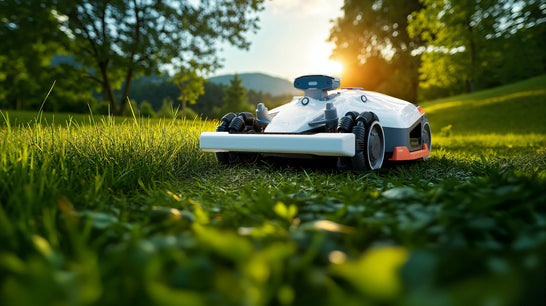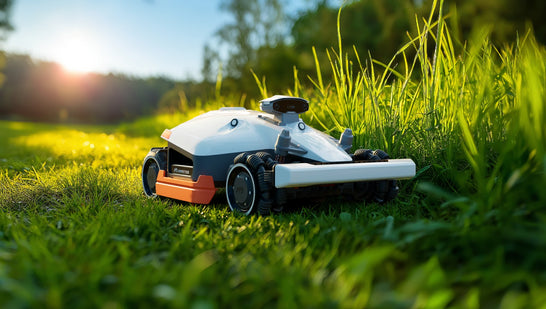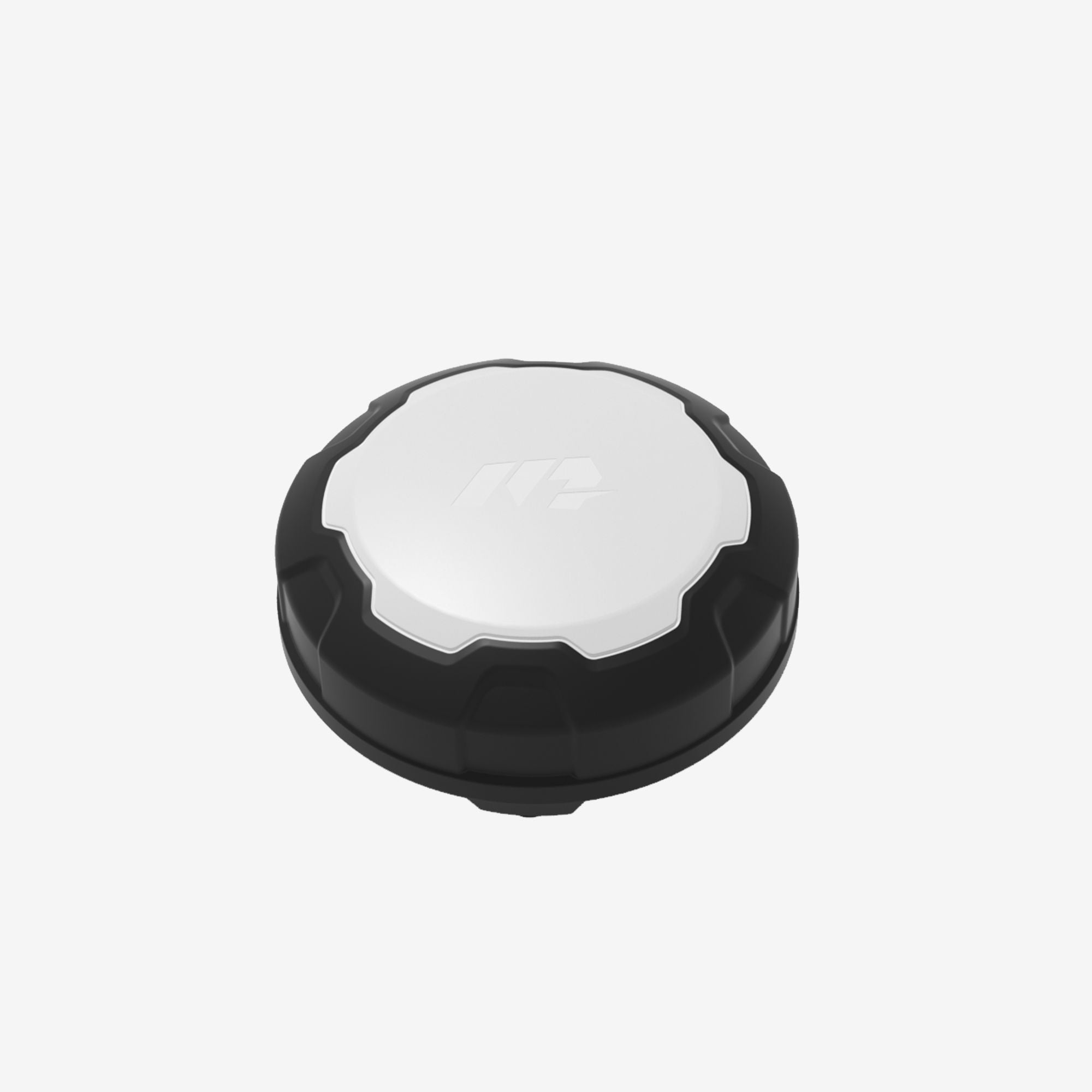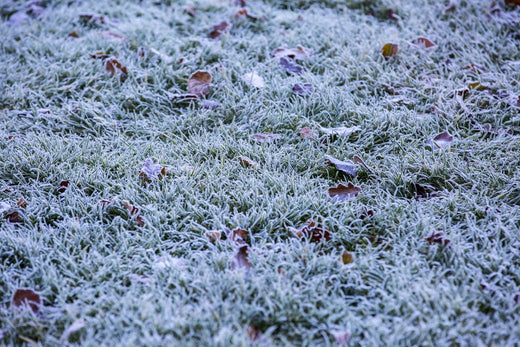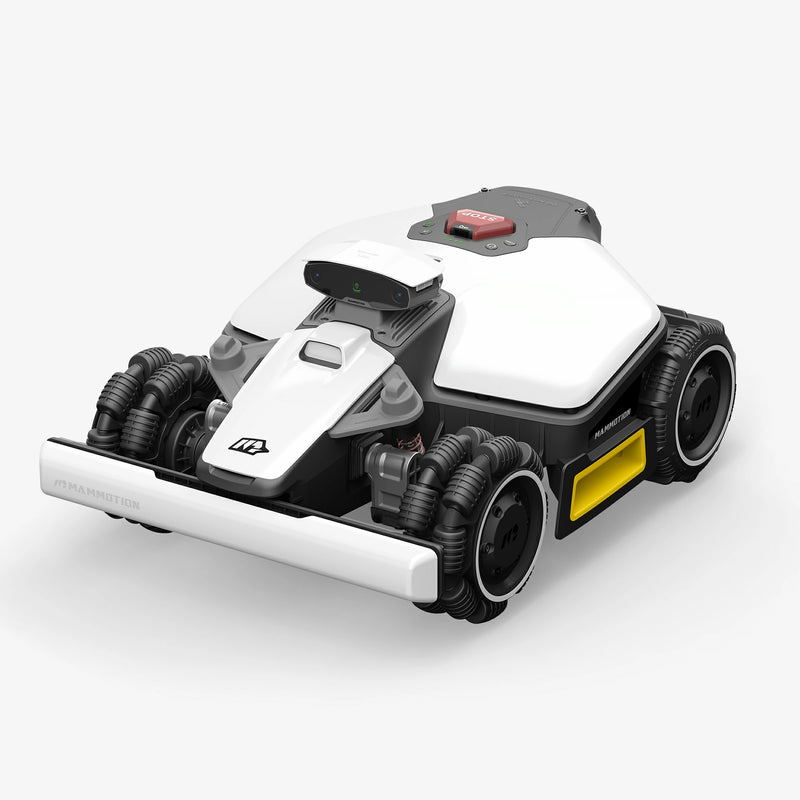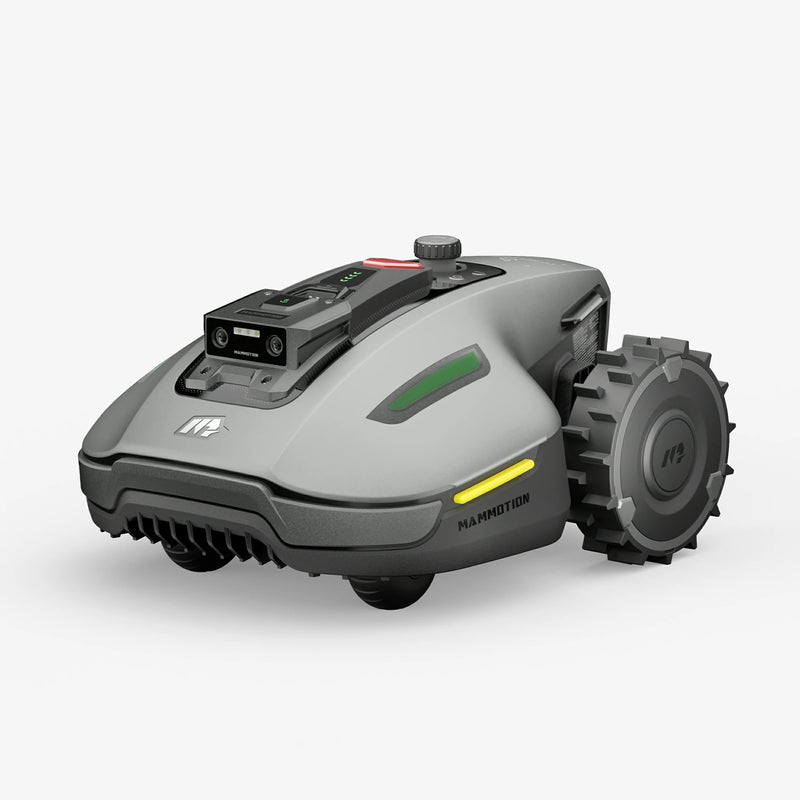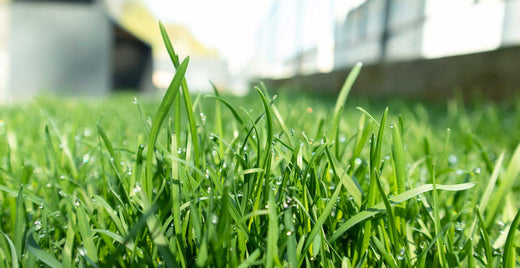As the cold season approaches, giving your lawn the right care in the fall can mean the difference between a lush, green yard in spring—or a patchy, weed-infested mess. Winterizing your lawn is a crucial part of seasonal lawn maintenance, helping grass roots stay strong and healthy even through freezing temperatures.
In this guide, we’ll walk you through exactly how to winterize your lawn step by step, no matter your grass type or climate zone. Whether you're a DIY lawn care enthusiast or a homeowner looking to avoid costly mistakes, this easy-to-follow checklist will help protect your lawn and set the stage for spring success. Let’s dive in.
Why Winterizing Your Lawn Matters
When temperatures begin to drop, your lawn enters a transition period. Grass growth slows, roots start storing nutrients, and external stresses like frost and snow become a real threat. This is why winterizing your lawn isn't just an optional chore—it’s essential lawn care. Here’s why winterizing your lawn matters:
Boosts Root Strength and Longevity
Grass may go dormant during the winter, but its roots remain alive underground. Applying the right fertilizer and stopping overgrowth ensures nutrients are directed to root systems, not blade growth. Strong roots contribute to faster recovery in the spring.
Protects Against Frost, Snow, and Ice Damage
Without proper mowing and coverage, long grass blades can trap moisture and snow, leading to snow mold, fungus, and disease. Winterizing prepares your lawn to breathe and drain properly even under snowpack.
Reduces Spring Weed Problems
Weeds thrive in bare soil and stressed grass. By aerating, overseeding, and removing weeds in the fall, you prevent weed seeds from germinating in winter and overtaking your lawn in spring.
Saves Time and Money in Spring Repairs
Skipping fall maintenance can result in dead patches, compacted soil, or fungal issues—requiring reseeding, dethatching, or even sodding later. A small investment of effort in fall saves significant time and cost when spring arrives.
Next, let’s explore when to begin the process based on your region and grass type.
Best Time to Winterize Your Lawn
Timing is one of the most important elements of an effective lawn winterization strategy. Starting too early can promote unwanted top growth, while acting too late may leave your lawn unprotected against the first frosts.
General Timing Guidelines
For most homeowners, the ideal time to winterize a lawn is in late fall—typically from mid-October through early November. This window gives your lawn enough time to absorb nutrients and adapt before winter dormancy fully sets in.
Consider Your Climate Zone
- Cool-Season Regions (Northern U.S.): Begin winterization once daytime temperatures consistently drop below 60°F (15°C), but before the ground freezes.
- Warm-Season Regions (Southern U.S.): Winterization starts a little later, often in November or even December, depending on local conditions.
Watch for Natural Signals
- The first light frost indicates that it’s time to act.
- Grass growth begins to noticeably slow down.
- Trees start shedding leaves consistently.
By understanding the timing cues relevant to your area, you can maximize the effectiveness of each winterization step and better protect your lawn through the dormant season.
3. Step-by-Step Lawn Winterization Checklist
Here’s your essential 9-step lawn winterization checklist to help you protect grass in winter and support a healthy spring recovery.
1. Identify Your Grass Type (Cool-season vs Warm-season)
Before you begin any lawn winterization routine, it’s crucial to know what kind of grass you’re working with. The care needs differ significantly between cool-season and warm-season grasses:
Cool-season grasses (e.g., Kentucky bluegrass, fescue, ryegrass) thrive in cooler climates and grow most actively in spring and fall. These grasses benefit from fall fertilization and may require overseeding.
Warm-season grasses (e.g., Bermuda, zoysia, St. Augustine) grow best in warm weather and begin to go dormant as temperatures drop. These grasses require less fertilizer in late fall and more attention to moisture levels.
Knowing your grass type helps you tailor your mowing height, fertilization timing, and watering schedule accordingly.
2. Inspect Lawn Health (Pests, diseases, stress signs)
Perform a detailed walk-through of your yard and check for signs of:
- Thinning or bare spots
- Discoloration (yellowing or browning)
- Pest activity (grubs, moles)
- Fungal infections (patches or rings)
Addressing these problems now—before dormancy—will prevent further damage and allow your lawn to bounce back healthier in spring. Consider a soil test to assess pH and nutrient levels.
3. Remove Weeds Before Dormancy
Fall is the last chance to eliminate invasive weeds that steal nutrients from your grass. Apply a selective post-emergent herbicide appropriate for your grass type, or pull weeds by hand for small patches. This helps prevent weed seed germination during winter and early spring.
4. Final Lawn Mow: Proper Height by Grass Type
Your final mow before winter should leave your grass at an optimal height:
- Cool-season grasses: 2.5 – 3 inches
- Warm-season grasses: 1.5 – 2 inches
Avoid cutting too short, which exposes the crown to frost, or too long, which can trap moisture and cause mold. Always mow when the grass is dry and ensure your mower blades are sharp.
5. Apply Winter Fertilizer (NPK ratio, best products)
Choose a fertilizer with a high potassium (K) content and low nitrogen (N) to promote root strength over leaf growth. Look for an NPK ratio around 10-0-20 or 8-2-24.
Apply fertilizer in late fall when grass growth slows but before the ground freezes. Use a broadcast spreader for even coverage and water lightly after application to help nutrients soak in.
 In the next section, we’ll continue with adjusting your watering schedule based on region.
In the next section, we’ll continue with adjusting your watering schedule based on region.
6. Adjust Your Watering Schedule (With chart by region)
As temperatures drop, your lawn's moisture needs decrease. Overwatering in late fall can encourage fungal diseases and stress dormant roots. Adjusting your watering schedule based on grass type and region is essential when you winterize your lawn.
Watering Guidelines:
- Cool-season grasses (e.g., fescue, ryegrass) may require light irrigation until the ground freezes.
- Warm-season grasses (e.g., Bermuda, zoysia) typically stop active growth earlier and need minimal moisture heading into dormancy.
- Aim for 0.5 to 1 inch of water per week, including rainfall. Focus on deep, infrequent watering to strengthen root systems before winter. Water in the early morning (5 a.m. – 9 a.m.) to allow time for evaporation and reduce the risk of fungal issues.
Stop watering when:
- The ground begins to freeze consistently.
- Your grass shows dormancy signs (color loss, no vertical growth).
- Overnight temperatures regularly dip below 40°F (4°C).
|
Region |
Suggested Stop Date |
Weekly Watering |
Notes |
|
Northeast / Midwest |
Late October |
0.5"–1" |
Stop before ground freezes |
|
Pacific Northwest |
Early November |
0.5"–0.75" |
Rainfall may eliminate need for irrigation |
|
Southeast |
Late November |
0.5"–1" |
Gradually reduce frequency |
|
Southwest |
Mid to late November |
0.5" |
Monitor soil moisture in arid climates |
|
Southern California |
December |
0.5"–0.75" |
Extend watering if warm-season grass |
|
Rocky Mountains |
Late October |
0.5" max (if dry) |
Cease before heavy snow |
7. Optional: Aerate and Overseed Bare Spots
If your lawn has areas of thinning or compacted soil, fall is the optimal time to aerate and overseed, especially for cool-season grasses. These actions help relieve soil compaction, improve nutrient absorption, and encourage new root development before winter sets in.
Aeration:
Use a core aerator to remove plugs of soil across your lawn. This enhances air, water, and fertilizer penetration. Aeration is particularly beneficial if:
- Your soil is clay-heavy or compacted.
- You notice pooling water or poor drainage.
- Your lawn experiences high foot traffic.
Overseeding:
After aeration, apply seed to any bare or thin spots. Use a seed blend that matches your existing turf for uniform growth. For best results:
- Choose disease-resistant, cold-tolerant varieties.
- Apply a thin layer of compost or topsoil to help seeds establish.
- Keep the overseeded areas moist until germination (typically 10–14 days).
Both practices ensure a fuller, more resilient lawn come spring and help suppress early weed growth.
8. Use Lawn Covers or Mulch for Protection
Protecting vulnerable grass areas from extreme cold, snow compaction, and windburn can be an important final step when you winterize your lawn—especially for new sod, freshly seeded areas, or high-traffic zones.
Lawn Covers:
- Use breathable fabrics like burlap or frost cloth to shield grass from ice and wind.
- Avoid non-permeable plastic, which can trap moisture and cause rot.
- Anchor covers to prevent shifting during storms.
Mulching:
- Apply a thin layer of straw mulch over newly seeded patches to insulate soil and retain moisture.
- In garden areas or around tree bases, mulch can help reduce soil erosion and temperature fluctuations.
These simple protections prevent winter damage and help the lawn transition smoothly into spring.
9. Clean and Store Lawn Equipment (Robotic & Gas)
Properly storing your lawn equipment is just as important as caring for the lawn itself. Whether you use a traditional gas mower or a robotic mower, taking time to clean and winterize your tools will extend their lifespan and ensure optimal performance next season.
Gas-Powered Mowers:
- Clean the underside of the mower deck to remove grass buildup.
- Empty or stabilize the fuel tank with a fuel stabilizer to prevent engine gumming.
- Change the oil and spark plug if needed.
- Store in a dry, covered space away from moisture.
Robotic Lawn Mowers:
- Clean sensors, blades, and housing thoroughly.
- Disconnect and remove the battery if your model allows.
- Store the mower and charging station indoors or in a weatherproof shed.
- Update software/firmware if recommended by the manufacturer.
Regular maintenance reduces downtime in the spring and protects your investment through the off-season.
Regional Tips & Special Considerations for Lawn Winterization
Not all lawns face winter in the same way. Your regional climate dramatically impacts how you should approach winterizing your lawn. Here’s how to tailor your lawn care for winter based on where you live.
Snowbelt Areas (Upper Midwest, Northeast, Mountain West)
Lawns in these regions face extended snow cover, subzero temperatures, and often compacted ice.
Tips:
- Avoid heavy traffic on frozen turf to prevent crown damage.
- Use anti-desiccant spray on evergreen groundcovers or shrubs to reduce winter burn.
- Mark lawn edges near driveways and sidewalks to prevent snowplow or salt damage.
- Don’t leave objects (furniture, toys) on the lawn—they can cause dead spots under snow.
Southern States (Deep South, Gulf Coast, Southwest)
While these areas avoid deep freezes, warm-season grasses like Bermuda or St. Augustine go dormant and still need winter prep.
Tips:
- Don’t fertilize after dormancy begins; this can trigger unwanted top growth vulnerable to cold snaps.
- Mow shorter than usual in the final cut to reduce thatch buildup and winter disease risk.
- Monitor moisture levels—even dormant lawns need light irrigation during dry spells.
Transition Zones (Mid-Atlantic, Inland West, Central U.S.)
Lawns in transition zones often contain mixed grass types and face unpredictable winters—warm one week, freezing the next.
Tips:
- Overseed cool-season varieties into warm-season lawns to keep winter color and reduce weed encroachment.
- Apply pre-emergent herbicides carefully—timing is critical due to fluctuating temps.
- Consider a split fertilization approach, applying light nitrogen in early fall and potassium-rich blends in late fall.
Common Winterization Mistakes to Avoid
Even experienced homeowners can make lawn care missteps in the fall. Here are some of the most frequent mistakes people make when winterizing their lawn—and how to avoid them.
Overwatering in Cold Temperatures
As the air and soil cool, grass requires significantly less moisture. Overwatering can lead to fungal infections like snow mold and root rot.
Avoid it: Reduce irrigation frequency in fall and stop watering altogether once the ground begins to freeze.
Mowing Too Short Before Winter
Cutting your grass too short weakens the plant and exposes the crown to frost damage, while leaving it too long can invite pests and disease.
Avoid it: Follow recommended mowing heights based on your grass type (see section 3.4). Never remove more than one-third of the blade height at once.
Using the Wrong Fertilizer
A high-nitrogen fertilizer in late fall may stimulate leaf growth when the plant should be focusing on roots, leaving it vulnerable to cold.
Avoid it: Use a winter fertilizer with a higher potassium (K) content and low nitrogen (N), such as a 10-0-20 or 8-2-24 blend.
Ignoring Lawn Equipment Maintenance
Failing to winterize mowers and tools can lead to engine problems, rust, or battery damage.
Avoid it: Clean, drain, and store your equipment properly (see section 3.9).
Final Thoughts: Prepare Now, Reap the Rewards in Spring
Winterizing your lawn may feel like one more seasonal chore, but it’s one of the most impactful things you can do for the long-term health of your yard. A well-winterized lawn emerges from dormancy faster, greener, and more resilient to pests and weeds.
Whether you live in a snowbelt or a southern state, learning how to winterize your lawn properly is a smart investment that pays off all year long. If you follow these steps and tailor your approach to your local climate, you’ll save time and money in spring—and enjoy a lawn that thrives from the roots up.
Frequently Asked Questions
1. When is the best time to winterize my lawn?
The best time to winterize your lawn is in late fall, once daytime temperatures consistently fall below 60°F (15°C) but before the ground freezes. Timing depends on your region and grass type—cool-season grasses benefit from earlier action, while warm-season grasses can wait until mid to late November.
2. Do I need to winterize warm-season grass like Bermuda or St. Augustine?
Yes. While warm-season grasses go dormant in cooler weather, winterizing is still essential. It helps retain moisture, prevent weed encroachment, and support healthy spring regrowth. Adjust your approach by avoiding high-nitrogen fertilizers and mowing slightly shorter in the final cut.
3. What kind of fertilizer should I use to winterize my lawn?
Use a low-nitrogen, high-potassium fertilizer designed for winter lawn care—look for NPK ratios like 10-0-20 or 8-2-24. These blends help strengthen roots instead of promoting unnecessary leaf growth that could be damaged by frost.
4. Should I stop watering my lawn completely in winter?
You should gradually reduce watering as temperatures drop, and stop completely once the ground begins to freeze. In milder climates, occasional watering may still be necessary—especially during dry spells. Aim for 0.5–1 inch per week, including rainfall, until dormancy sets in.
5. Is aeration and overseeding necessary every fall?
Not always. Aeration is recommended if your soil is compacted, clay-heavy, or receives heavy foot traffic. Overseeding is most helpful for cool-season lawns with thin or bare spots. Doing both in fall encourages better root development and reduces spring weed growth.
6. What mowing height should I leave my grass before winter?
Final mow height depends on your grass type:
Cool-season grasses: 2.5" to 3"
Warm-season grasses: 1.5" to 2"
Avoid mowing too short, which can expose the grass crown to frost and disease.
7. Can I winterize my lawn if it’s already showing signs of stress or damage?
Yes. In fact, fall is the best time to correct issues like thinning, pests, or discoloration. Apply appropriate treatments (e.g., pest control, overseeding, soil amendments), and avoid waiting until spring, when recovery is slower and weeds are more aggressive.
8. Do I need to winterize my robotic or gas-powered lawn mower?
Absolutely. Clean your mower, drain or stabilize fuel (for gas engines), and store in a dry space. For robotic mowers, clean blades and sensors, remove the battery if possible, and store both the mower and base station indoors.

